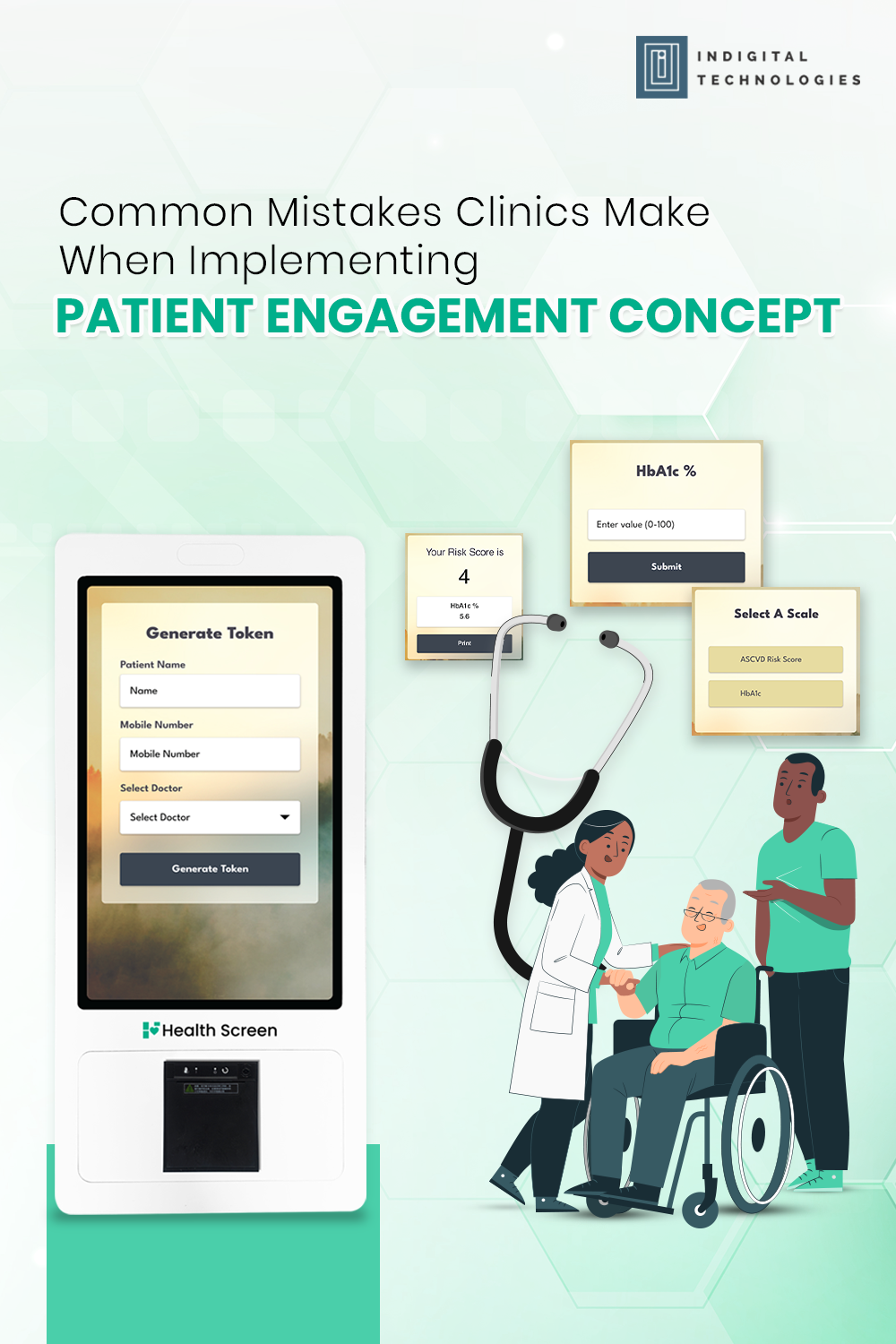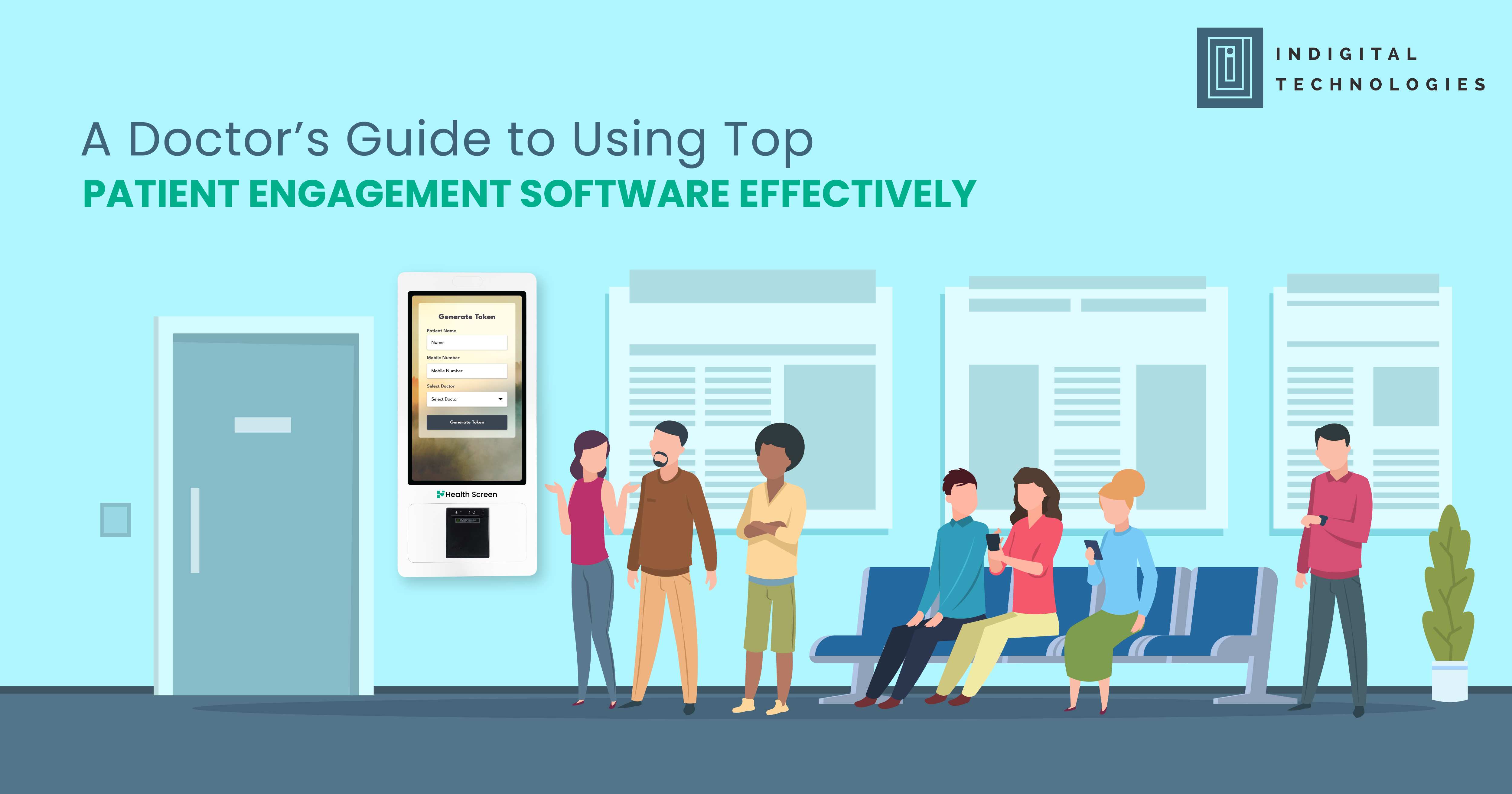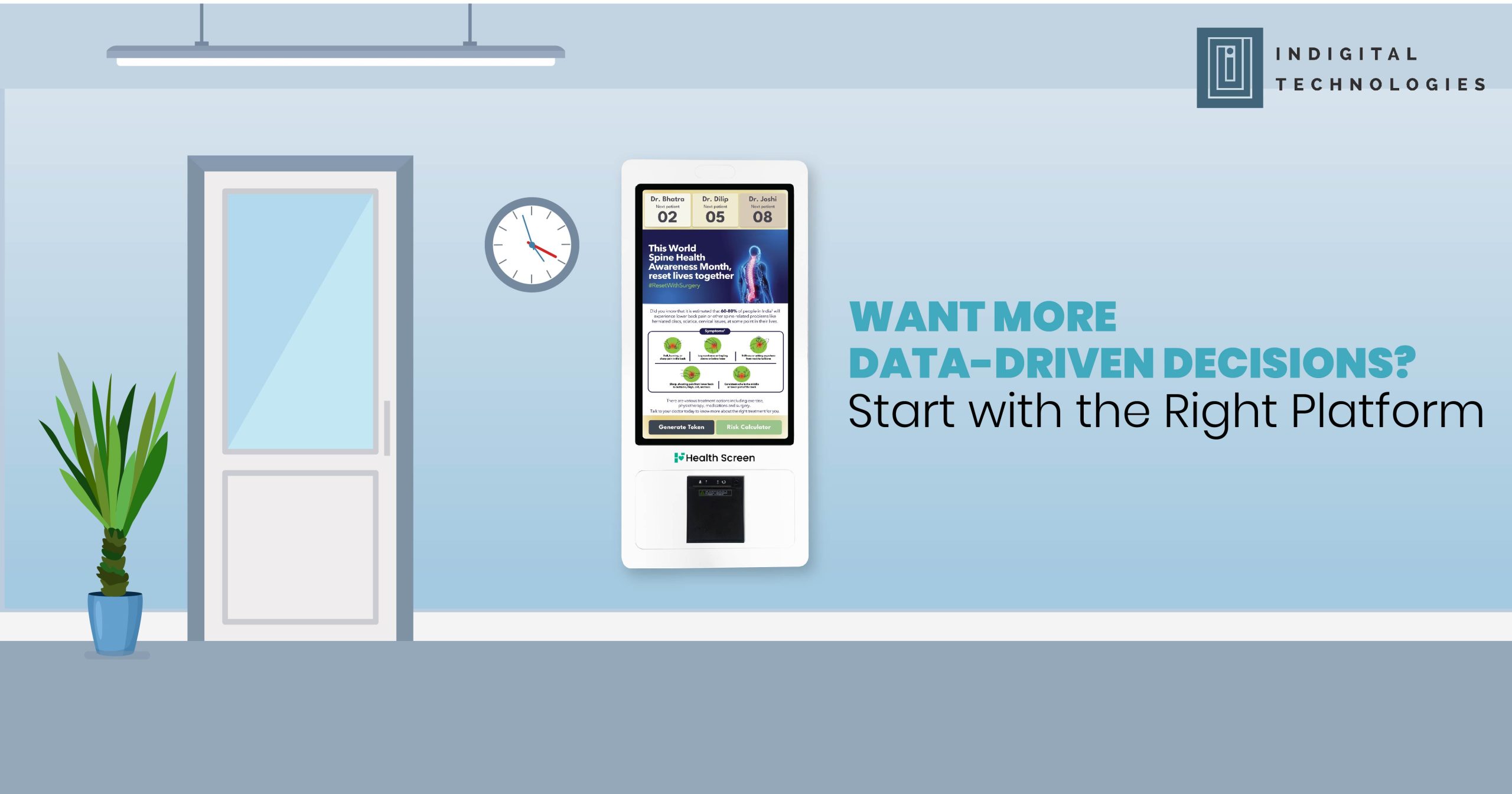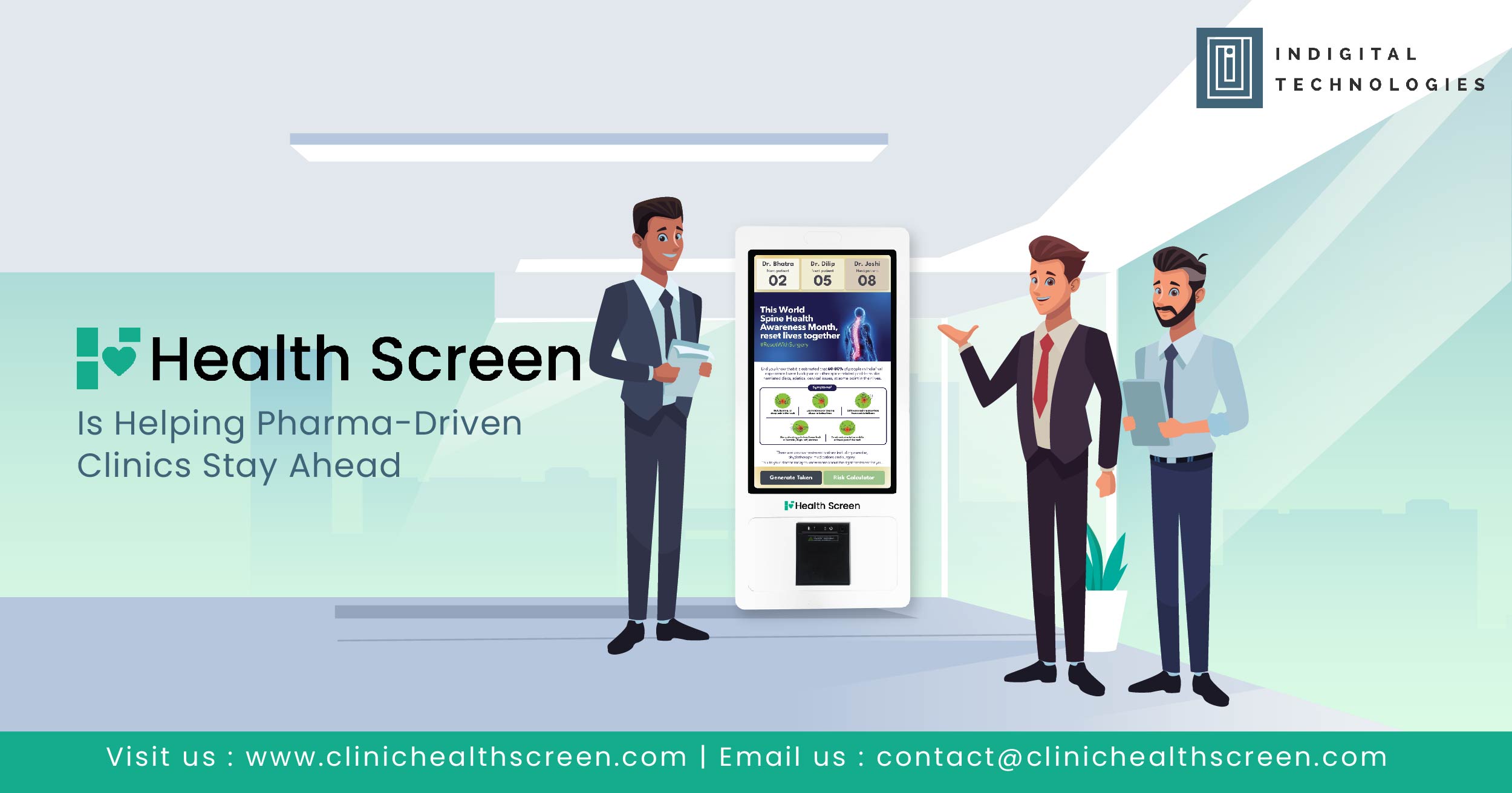Patient engagement software is rapidly becoming a cornerstone of modern healthcare delivery — and for good reason. It helps clinics communicate better with patients, manage appointments efficiently, offer education, and streamline the overall experience. However, the success of such technology depends heavily on how it is implemented.
Many clinics, despite good intentions, make avoidable mistakes that result in underutilized tools, frustrated staff, and poor return on investment (ROI). In this blog, we highlight the most common pitfalls clinics face while adopting patient engagement software — and how to avoid them.
1. Choosing Software Without Understanding Clinic Needs
Mistake: Jumping into a purchase because a solution “looks modern” or was referred by another doctor, without assessing if it suits the clinic’s specific requirements.
Solution:
Start with a clear needs assessment:
- Do you want to reduce waiting time?
- Improve appointment scheduling?
- Educate patients?
- Collect feedback?
Define your top 3 goals and choose software that directly addresses them. One-size-fits-all platforms rarely work.
2. Ignoring Staff Training
Mistake: Installing the software and expecting front-desk staff or doctors to figure it out on their own.
Solution:
Successful implementation depends on staff comfort. Arrange proper hands-on training sessions, offer cheat sheets, and create a feedback loop during the first few weeks of use.
Remember: Technology adoption fails when humans aren’t trained or convinced.
3. Focusing Only on Front-End Features
Mistake: Being impressed by slick interfaces but ignoring the backend — dashboards, analytics, integration capability, and support.
Solution:
Look under the hood:
- How easy is it to access and export data?
- Can it integrate with your EMR, billing, or token system?
- How does the backend help you measure patient engagement?
Choose platforms with both front-end usability and backend intelligence.
4. Overcomplicating the Setup
Mistake: Deploying too many features or modules at once — feedback forms, tokens, video education, appointment reminders — overwhelming staff and patients.
Solution:
Roll out in phases:
- Start with appointment reminders and token system
- Then add patient education and feedback modules
- Later integrate billing or EMR sync
This ensures smoother learning curves and higher adoption rates.
5. Underestimating Language and Literacy Barriers
Mistake: Implementing English-only platforms in clinics that serve diverse or semi-urban populations.
Solution:
Use patient engagement software that:
- Supports regional languages like Hindi, Marathi, Gujarati, Tamil, etc.
- Offers audio or visual cues
- Has pictorial instructions where needed
This increases accessibility and usage among all age groups and demographics.
6. Not Informing or Involving Patients
Mistake: Assuming patients will automatically use or understand new tech without explanation.
Solution:
Communicate clearly:
- Put up posters and display messages explaining the system
- Train staff to guide patients
- Use waiting room time to show videos or infographics on how the platform works
Patient buy-in is just as important as staff buy-in.
7. Neglecting Feedback Mechanisms
Mistake: Not using the feedback tools built into the software or ignoring patient reviews post-visit.
Solution:
Encourage patients to:
- Rate their experience
- Suggest improvements
- Share their comfort level with the software
This data is gold — it not only improves engagement but also helps optimize your workflows.
8. Choosing Software Without Local Support
Mistake: Buying low-cost software from unknown or offshore providers that offer no Indian language support, regional customization, or on-ground service.
Solution:
Always check:
- Is customer support available during clinic hours?
- Are updates and bug fixes prompt?
- Can they offer quick help via WhatsApp or phone?
Choose locally aware providers who understand Indian clinic dynamics and patient behavior.
9. Ignoring Data Privacy and Compliance
Mistake: Using platforms that don’t clarify how they handle patient data, store health records, or secure personal information.
Solution:
Ensure the software complies with:
- India’s IT Act and Digital Personal Data Protection Act
- Encryption standards for data transmission
- Role-based access control for sensitive patient details
As digital records grow, legal scrutiny will increase — be prepared.
10. Expecting Instant ROI Without Process Changes
Mistake: Thinking the software alone will fix patient delays or satisfaction issues, without updating internal workflows.
Solution:
Technology works best with process improvements. For example:
- A token system needs a clear patient entry protocol
- Feedback tools need dedicated time for review
- Automated reminders require updated contact details
Align your clinic workflow to complement the digital platform.
11. Skipping Regular Usage Audits
Mistake: Using the software actively for a few months, then losing momentum.
Solution:
Review monthly:
- Are all features being used?
- Are patients responding?
- Are there bottlenecks or complaints?
Most platforms offer usage analytics — use them to stay consistent and drive continuous improvement.
12. Not Involving Doctors in the Selection Process
Mistake: Leaving the choice of software to the admin or IT team without input from doctors.
Solution:
Doctors are central users. Involve them in:
- Evaluating consultation workflow
- Reviewing dashboard features
- Assessing patient feedback tools
Software that fits clinical reality gets better usage than one chosen purely for technical specs.
13. Overlooking Mobile Optimization
Mistake: Using software that only works on desktops or requires patients to install apps with a steep learning curve.
Solution:
Prioritize platforms that:
- Are mobile-friendly for patients and staff
- Allow browser-based access without mandatory app downloads
- Offer SMS integration for token alerts, reminders, and feedback
Convenience is the key to engagement.
Final Thoughts
Patient engagement software holds enormous potential to transform the way clinics operate — but only when implemented with planning, clarity, and human involvement.
By avoiding these common mistakes, clinics can ensure their investment translates into real-world efficiency, better doctor-patient communication, and a modern healthcare experience. For pharma managers, partnering with clinics that use these platforms opens new doors for brand integration, disease awareness, and meaningful outreach.
The future of outpatient care is not just digital — it’s digitally smart. And it starts with getting the basics right.





